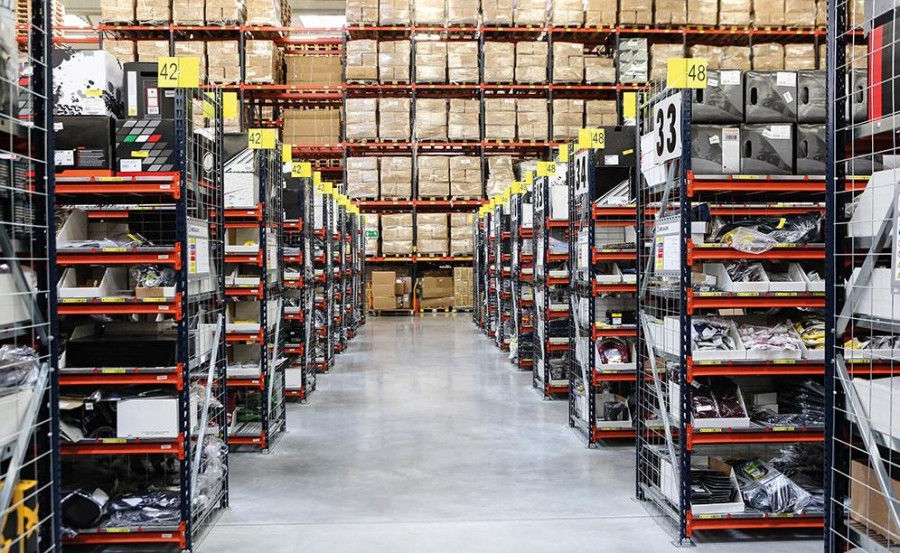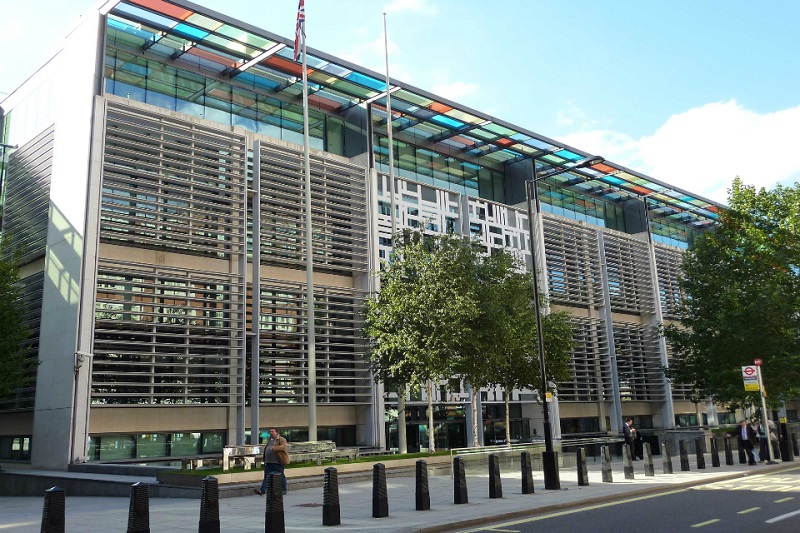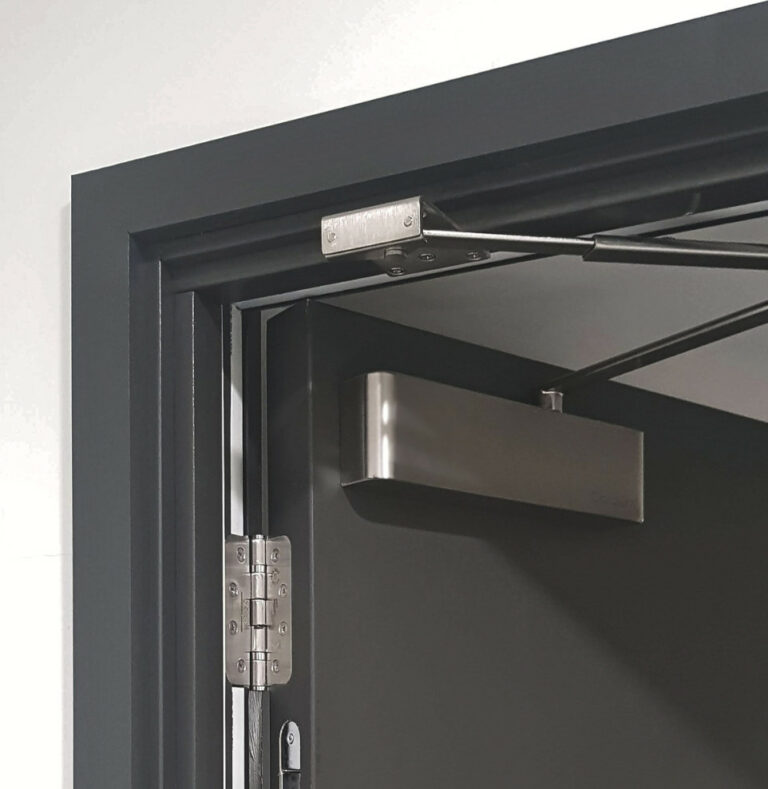The recovery in the UK manufacturing sector continued into August, with output, new orders and employment all rising.
There were further signs of price pressures easing, as rates of inflation in input costs and selling prices both slowed.
The seasonally adjusted S&P Global UK Manufacturing Purchasing Managers’ Index (PMI) rose to a 26-month high of 52.5 in August, up from 52.1 in July and unchanged from the earlier flash estimate. The PMI has now signalled expansion in five out of the past six months (the exception being April).
Four of the PMI components stayed at levels consistent with an improvement in operating performance during August – output, new orders, employment and suppliers' delivery times. In contrast, the stocks of purchases component signalled contraction for the twenty-third consecutive month.

Manufacturing production increased for the fourth successive month in August, as companies raised output in response to rising new order intakes and efforts to clear previously agreed contracts. The rate of expansion remained substantial and close to July's near two-and-a-half-year high. August saw the level of incoming new business also rise for the fourth month in a row. There were reports that better market sentiment and a move away from destocking at clients contributed to higher new work intakes.
The domestic market remained the principal spur of new contract wins, as new export orders decreased for the thirty-first consecutive month. Companies linked lower intakes of new work from overseas clients to weaker demand from Europe, a slowdown in mainland China, freight delays, competitiveness issues caused by high shipping costs, global conflicts and political uncertainty. T
he recent rebounds in output and new order volumes led to job creation at manufacturers. Back-to-back increases in employment have been registered in July and August, with the rate of growth the fastest in over two years during the latest survey month (best since July 2022).
Job creation was especially marked at large-scale producers, although small firms also saw a mild increase (cuts were made at medium-sized companies). Increased capacity aided efforts to make further inroads into clearing backlogs of work. Outstanding business fell for the twenty-eighth month in a row, albeit to the weakest extent during that sequence.
Data broken down by sector signalled that the investment goods category was the strongest performer in August, registering the steepest growth in output, new orders and employment.
Although all three variables also expanded in the consumer and intermediate goods categories, rates of expansion were comparatively mild. The outlook for the UK manufacturing sector remained positive in August.
Over three-fifths (61%) of companies forecast that production would be higher one year from now, compared to only 6% anticipating a decline. Positive sentiment was linked to new client wins, product launches, efforts to open up new markets, promotional activity and hopes for economic recovery. August data signalled a further increase in input costs, as firms reported paying higher prices for energy, metals, plastics and timber.
Supplier price increases, higher shipping costs, currency movements and material shortages were also factors. Part of the increase in purchasing costs was passed on to clients in the form of higher selling prices. Output charges have risen for ten consecutive months. That said, rates of increase in both price measures (for inputs and output) eased during the latest survey month.
Manufacturers maintained their focuses on improving efficiency, protecting cash flow and reducing costs in August, leading to leaner holdings of pre- and post-production stocks. Supplier performance meanwhile continued to deteriorate, due to the ongoing Red Sea crisis, longer shipment times from China, freight shortages and vendor capacity issues
Rob Dobson, Director at S&P Global Market Intelligence “The UK manufacturing sector remained a positive contributor to broader economic growth in August. The headline PMI hit a 26-month high of 52.5, reflecting solid expansions in output and new orders and the strongest jobs growth for over two years. The upturn is broad[1]based across manufacturing, with the investment goods sector the stand-out performer.
“The upturn continues to be driven by the domestic market, which is helping to compensate for lost export orders. The trend in export orders a key cause for concern, with new business from overseas having fallen continuously since early in 2022. UK manufacturers are experiencing difficulties in securing new contract wins overseas due to weaker demand from Europe, a slowdown in mainland China, freight delays, competitiveness issues, high shipping costs, global conflicts and political uncertainty. Many of these issues are also impeding imports which, while benefiting domestic suppliers, is causing supply chain-related production constraints as witnessed by a further marked lengthening of supplier delivery times.
“These supply constraints and higher shipping costs continued to drive up input prices for manufacturers, which rose sharply again in August by recent standards.”




















